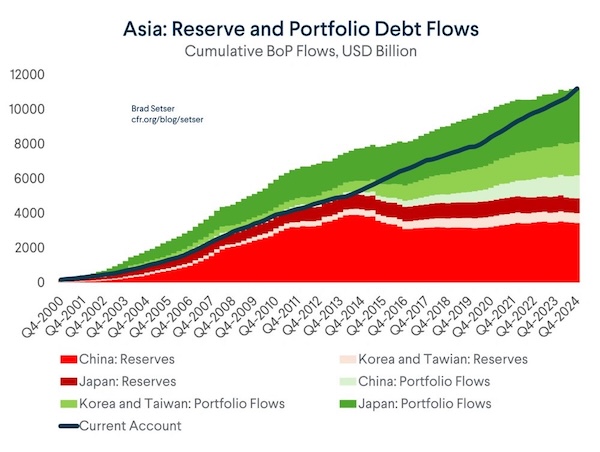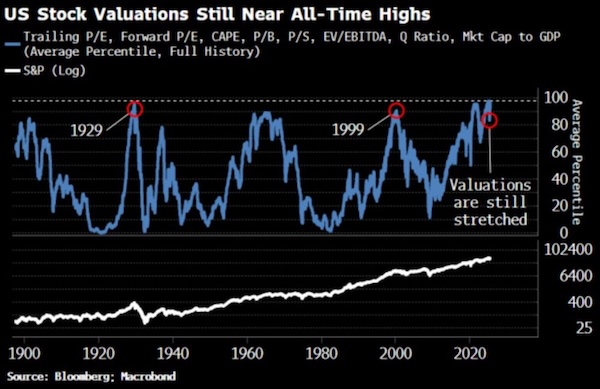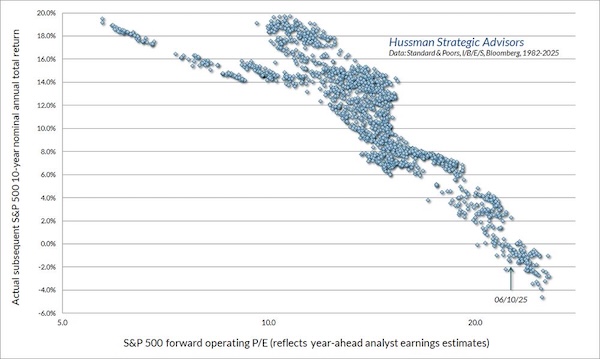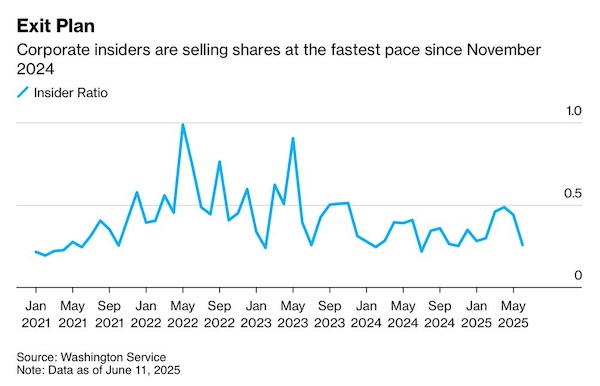Below are some of the most interesting things I came across this week. Click here to subscribe to our free weekly newsletter and get this post delivered to your inbox each Saturday morning.
LINK
One of the major drivers of the strength in stock prices lately has been foreign inflows into the S&P 500 Index. As Brad Setser writes, “Reserve accumulation hasn’t driven the financing of the US current account deficit in recent years… Belief in U.S. exceptionalism,” and the idea that, “U.S. tech stocks only go up,” has played an under-appreciated role.
CHART
In addition to foreigners, domestic investors have also embraced equities in recent years like never before, likely driven by the very same investment narratives behind foreign accumulation. “US household equity holdings reached a record 30% of total financial assets in 2024, surpassing prior peaks in 1968 and 2000,” reports The Daily Shot.
STAT
All of this crowding by both foreign and domestic investors into the U.S. stock market has made it historically very expensive. As Simon White notes, “A holistic measure of multiple measures of long-term equity valuation, which reached an all-time high at the start of the year, still sits at its 84th percentile in data going back over a century.”
LINK
And this has important implications for returns going forward. As my friend John Hussman reports, “Presently, the S&P 500 price/forward earnings ratio is consistent with likely 10-year S&P 500 total returns of about zero, with low single digit returns being the optimistic case.”
STAT
It is not surprising then to see the captains of U.S. industry sell shares in their own companies at a historic pace. As Irene Tunkel tells Bloomberg, “The message from executives is loud and clear: many believe their companies are overvalued, making now an opportune time to sell.” Clearly, they don’t buy the popular thesis that ‘stocks only go up.’






